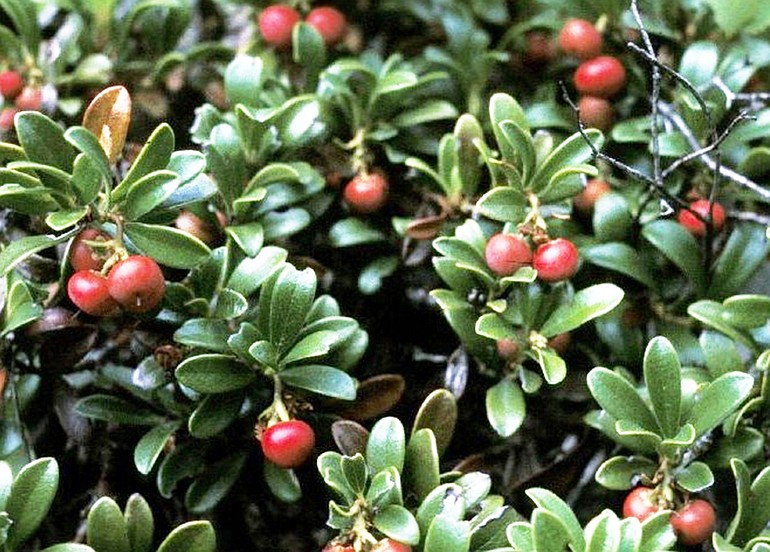The snowdrops are in full bloom. Crocuses and daffodils color the floor of the garden in waves of golden yellow, purple and blue. Despite the fact that I have chosen many garden plants specifically for their early spring bloom, each new flower blossom comes as a delightful surprise to my winter-weary senses. More than any other time of year, the onset of spring brings out my inner child. How delightful to see through these young eyes again.
If I haven’t convinced you over the last few years to plant the large Viburnum bodnantense “Dawn,” let me remind you once again how worthy this deciduous shrub is in the winter and early spring garden. Every year this plant has carried a smattering of cotton candy pink blossoms from November through February and now, into March. The flowers emerge from bare wood, and if you stop for a moment as you pass and breathe deeply you will smell a clear, subtle fragrance that foretells spring.
This is a true garden lover’s plant. It might not impress the casual observer. There are no leaves in winter to back up the bloom and the flowers are too small and sparsely scattered over the bush to make an individual impact. On the whole, it doesn’t photograph well. Like the ruffled collar of the winter aconite or the glossy sheen on the leaves of the ground-hugging asarum, this is one of those plants that only the person who planted it will fully appreciate.
Every gardener should have a plant or two for his or her own satisfaction.
On the other hand, most of us want our efforts in the garden to make some kind of impression. A good plant to cross the gap from winter into spring is the evergreen Camellia sasanqua. This is a landscape shrub that has a presence in the garden all year long, with glossy, dark green foliage. The flower blossoms range in color from snow white to shell pink, raspberry red and deep carmine. The flower season extends from mid-December through March. “Kanjiro” is one of my favorites, with single, lipstick pink blooms. “Yuletide” is a reliable Christmas red with bright yellow anthers.



